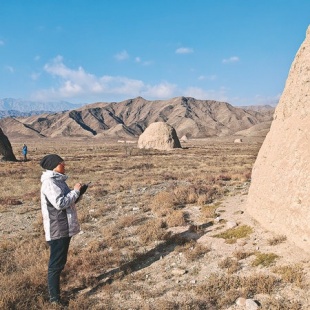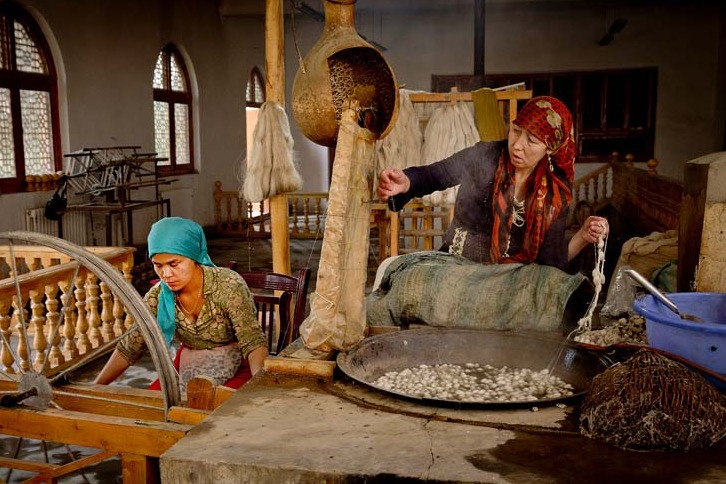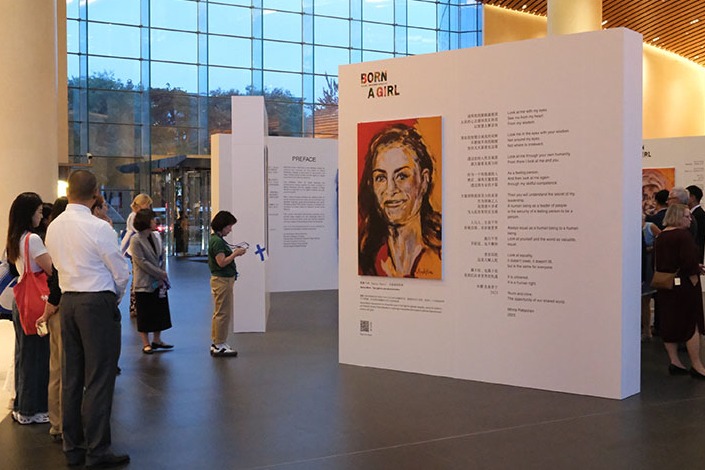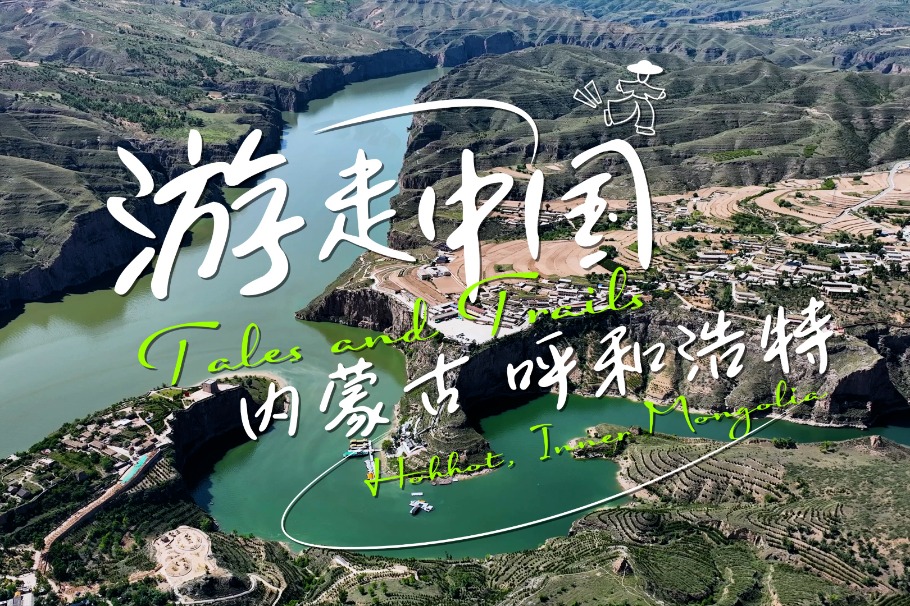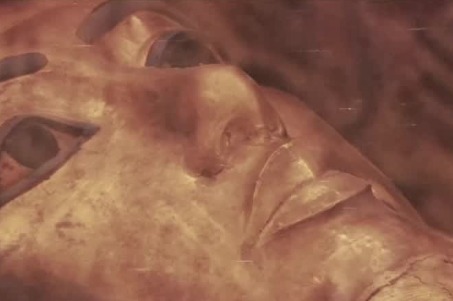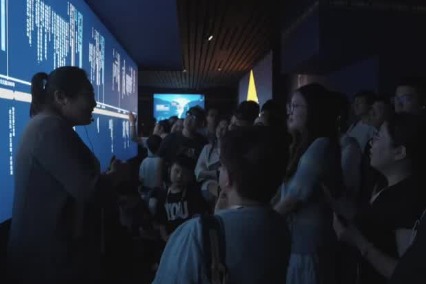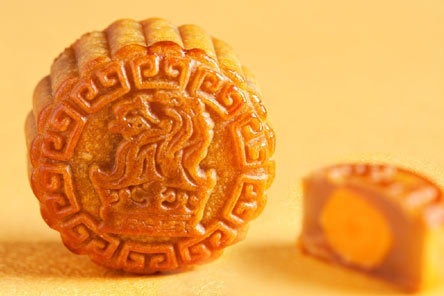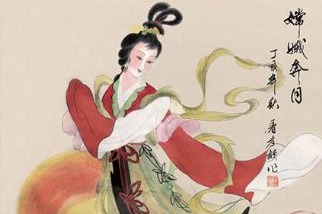Restoring and maintaining tombs ensure legacy lives on

Many experiments
The Yinchuan Xixia Imperial Tombs Management Office has cooperated with Dunhuang Academy and other institutions since 2000 to protect the complex, carrying out more than 60 projects in 17 years to eliminate the life-threatening risks at the site.
Dunhuang Academy, which oversees the World Heritage site Mogao Caves, has rich experience in dealing with earthen relics in arid environments. Xixia had a previous connection with Dunhuang because it once governed the area nearly 1,000 years ago and built caves there.
Yang says that based on Dunhuang's experience, they developed a series of methods catering to the Xixia tombs' specific issues, such as restoring the base erosion.
According to Yang, when facing the problem, it is necessary to complement the lost parts to make the bases stable again; but what and how to add to them is a difficult challenge. Without a solid approach, the new parts will not combine well with the old and may fall apart quickly.
After conducting numerous experiments, they arrived at a solution. By analyzing the components of the earthen remains, they located earth with similar components but less salt, and added calcined ginger nuts, a type of new material with good waterproofing. Then they rammed the mixture into the base, using a technique that imitates ancient construction methods.
The new parts link well with the originals, and the buildings have stable bases that are protected from collapsing.
To prevent the water from leaking in, they also sealed the cracks. For the parts that might easily be washed away by heavy rain, they added a "sacrificial layer" — an artificial layer covering the original parts that can handle wear and tear — containing the mixture of soil and calcined ginger nuts on the surface.
The layers they added for buildings in the Mausoleum No 6 in 2011, after 14 years, are still holding up well. "Once a layer is worn or washed away, we add a new one so that the original remains are always protected," says Yang.
The techniques and experiences summarized from the protection practices of the Xixia Imperial Tombs have won many prizes and have been used for many other earthen sites in China, including the Jiaohe ruins in the Xinjiang Uygur autonomous region and the Archaeological Ruins of Liangzhu City in Zhejiang province, a UNESCO World Heritage site.
"In the past, staff members were anxious when it rained, worrying that some remains would collapse. But after years of efforts, we don't worry about such issues and focus on smaller problems," says Ren Xiufen, director of the cultural relics protection department of the Yinchuan Xixia Imperial Tombs Management Office.


